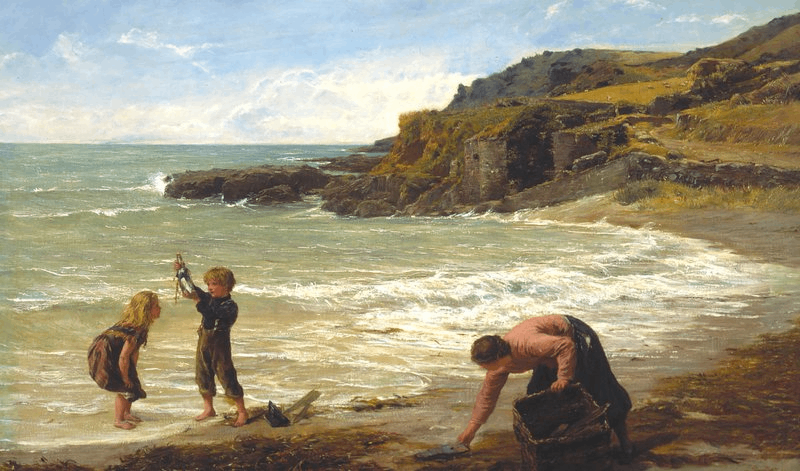
"Scrambled Messages: The Telegraphic Imaginary 1857-1900" investigates the cultural impact of telegraphic technology in Victorian society. Focused on the period of attempts to lay an Atlantic submarine cable, the project explores how challenges in telegraphy influenced new literary and artistic forms. Utilizing the Wheatstone Collection, it delves into the scientific papers of Charles Wheatstone, a telegraph pioneer. The research examines the practices and sensations of telegraphic communication, addressing opposing terms like proximity/distance and conductivity/impedance. It also explores the implications of compression, stretchiness, splicing, sequence, seriality, and heat production in literature and art, contributing to interdisciplinary insights into Victorian culture. King's Digital Lab extracted data collected via the CELUM platform and created a Django web application for the research team to conduct some content analysis.
Team
- Anne Chapman Researcher
- Brian Maher RSE team member
- Carolin Arscott Principal investigator
- Cassie Newland Researcher
- Clare Pettitt Researcher
- Frances Patman Researcher
- Katie Sambrook Researcher
- Mark Miodownik Researcher
- Natalie Hume Researcher
- Paul Vetch RSE team member
